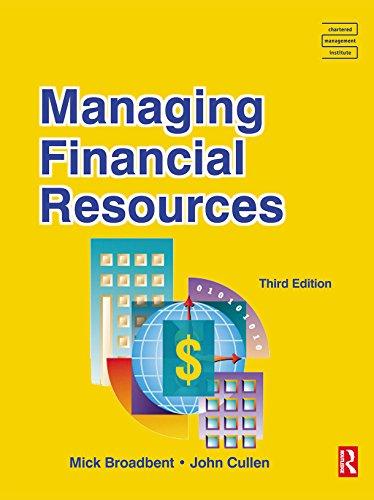2 2016 Profitability Ratios The following selected data were taken from the financial statements of Vidahll Inc. for December 31, 2017, 2076, and 20YS: December 31 2017 2045 Total assets $159,000 $143,000 $127,000 Notes payable (8% interest) 50,000 50,000 50,000 Common stock 20,000 20,000 20,000 Preferred 6% stock, $100 par 10,000 10,000 10,000 (no change during year) Retained earnings 59,320 39,250 30,000 The 2017 net income was $20,670, and the 2076 net income was $9,850. No dividends on common stock were declared between 2045 and 2047. Preferred dividends were declared and paid in full in 2076 and 2077. a. Determine the return on total assets, the return on stockholders equity, and the return on common stockholders' equity for the years 2076 and 2017. When required, round to one decimal place. 2017 Return on total assets Return on stockholders' equity % Return on common stockholders' equity b. The profitability ratios indicate that the company's profitability has improved V. Since the return on assets is the return on stockholders' equity in both years, there must be positive leverage from the use of debt. 2016 % % % % % less than eBook Print Item Profitability Ratios East Point Retail, Inc., sells professional women's apparel through company-owned retail stores. Recent financial information for East Point is provided below (all numbers in thousands). Fiscal Year 3 Fiscal Year 2 Net income $165,400 $85,200 Interest expense 3,400 12,700 Fiscal Year 3 Fiscal Year 2 Fiscal Year 1 Total assets (at end of fiscal year) $4,023,721 $3,827,441 $3,424,411 Total stockholders' equity (at end of fiscal year) 1,168,209 1,145,077 836,319 Assume the apparel industry average return on total assets is 8.0%, and the average return on stockholders' equity is 15.0% for the year ended April 2, Year 3. a. Determine the return on total assets for East Point for fiscal Years 2 and 3. Round to one decimal place. Fiscal Year 3 Fiscal Year 2 b. Determine the return on stockholders' equity for East Point for fiscal Years 2 and 3. Round to one decimal place. Fiscal Year 3 Fiscal Year 2 c. The return on stockholders' equity is greater than the return on total assets due to the positive use of leverage. d. During fiscal Year 3, East Point's results were weak compared to the industry average. The return on total assets for East Point was less than the industry average. The return on stockholders' equity was less than the industry average. These relationships suggest that East Point has less leverage than the industry, on average. eBook Print Item Year Ratio of Liabilities to Stockholders' Equity and Times Interest Earned The following data were taken from the financial statements of Hunter Inc. for December 31 of two recent years: Current Previous Year Accounts payable $300,000 $110,000 Current maturities of serial bonds payable 220,000 220,000 Serial bonds payable, 10% 950,000 1,170,000 Common stock, $1 par value 60,000 70,000 Paid-in capital in excess of par 650,000 650,000 Retained earnings 2,230,000 1,780,000 The income before income tax expense was $491,400 and $430,000 for the current and previous years, respectively. a. Determine the ratio of liabilities to stockholders' equity at the end of each year. Round to one decimal place. Current year Previous year b. Determine the times interest earned ratio for both years. Round to one decimal place. Current year Previous year c. The ratio of liabilities to stockholders' equity has improved and the number of times bond interest charges were earned has improved from the previous year. These results are the combined result of a larger income before income taxes and lower interest expense in the current year compared to the previous year. 2 Current Position Analysis The band indenture for the 10-year, 9% debenture bonds issued January 2, 2045, required working capital of $100,000, a current ratio of 1.5, and a quick ratio of 1.0 at the end of each calendar year until the bonds mature, At December 31, 206, the three measures were computed as follows: 1. Current assets: Cash $102,000 Temporary investments 51,000 Accounts and notes receivable (net) 117,000 Inventories 36,000 Prepaid expenses 24,000 Intangible assets 85,200 Property, plant, and equipment 64,800 Total current assets (net) $480,000 Current liabilities: Accounts and short-term notes payable $96,000 Accrued liabilities 204,000 Total current liabilities (300,000) Working capital $180,000 2. Current ratio $480,000+ $300,000 3. Quick ratio $124,800 + $96,000 a. Find the errors in the determination of the three measures of current position analysis. Then provide the correct amounts below. If required, sound the ratios to one decimal place. Working capital Current ratio Quick ratio b. Is the company satisfying the terms of the bond Indenture? 1.6 1.3 No Feedback










